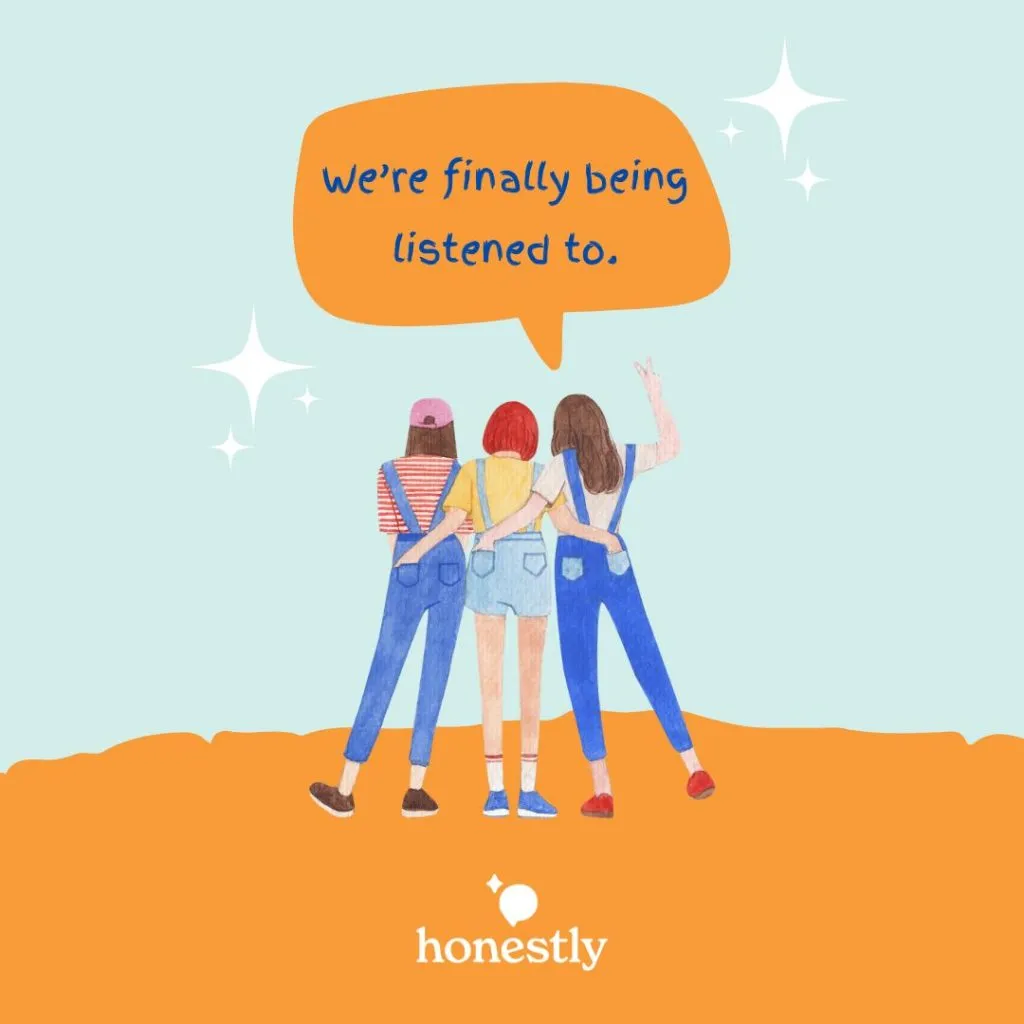A recent update to the CDC’s contraceptive guidelines on pain management for IUD insertion is making waves in the world of sexual and reproductive health.
Additionally, ACOG recently released a Clinical Consensus on Pain Management for In-Office Uterine and Cervical Procedures.
The update offers additional research that supports using various pain management options for IUD insertion. This change reflects a broader movement toward putting patients, including youth, at the center of their own care.
“An I-U-what?”
IUD is short for “intrauterine device.” It is a small, T-shaped rod (no longer than a Q-Tip) that is inserted into the uterus to prevent pregnancy. Different forms of IUDs work in different ways, but someone may choose an IUD because it is an effective, long-lasting form of contraception that requires little maintenance once inserted. IUDs can be a great fit for young people because they provide as much as 3 to 12 years of protection against pregnancy. This would allow a young person – who may or may not currently be sexually active but also knows they might become sexually active at some point – to focus on their education and future without the reoccurring responsibility (daily, weekly, monthly, etc.) required to use other forms of birth control. For some people, an IUD can serve as one part of their gender-affirming care.
Need more information about IUDs? Here’s more from honestly and AMAZE.
Why This Update Matters
The recent update from the CDC on pain management for IUD insertions is a significant moment in sexual and reproductive healthcare for both providers and patients. For some people, IUD insertion may cause little to no discomfort, but this isn’t everyone’s experience. For years, people have shared stories about experiencing significantly more pain than they anticipated when having an IUD placed. In fact, there’s been research supporting that providers underestimate pain during IUD insertion. While providers are focused on offering effective care, these patient stories have revealed that discussions about the potential for pain during IUD insertion haven’t been a part of those discussions. This can be problematic for two reasons.
- It is essential that patients receive accurate information when discussing their options, as informed consent is a cornerstone of quality care.
- When a patient experiences unexpected pain, perceives pressure to choose a specific contraceptive method, or doesn’t receive trauma-informed care, it can damage the trust between provider and patient. This not only affects that individual but also discourages others in their community from seeking sexual and reproductive healthcare, as patients often share their experiences with those around them.
We know that healthcare providers are committed to offering the best care and often emphasize the benefits of effective methods like IUDs. To provide the best care, it’s important to ensure that discussions around these acknowledge both the benefits and potential side effects.
Concerns for patient rights regarding sexual and reproductive health aren’t new. The development of the modern-day IUD is rooted in a painful history of racism, ablism, and eugenics. Public health professionals have a responsibility to learn about this history and how it continues to impact patient-provider relationships today. In the context of pain management for IUD insertions, it’s crucial to acknowledge how this history has eroded trust in reproductive healthcare, particularly among Black, Indigenous, and disabled patients.
Utilizing and building upon this new guidance is one way that health care providers and public health professionals can build trust with patients. Through the collective power of people sharing their stories and advocating for their needs, providers now have research-backed federal guidelines to refer to when discussing pain management options with their patients.
Looking Ahead: A Brighter Future for Youth Health
This update hopefully reflects a larger shift in the healthcare sector towards prioritizing patients’ diverse needs, including the unique needs of young people. Research has shown when young people feel unheard or dismissed, it becomes a major barrier to receiving adequate and satisfying care. That’s why honestly and the Collaboration are dedicated to creating a safe, supportive environment where young people can get the help they need without fear or embarrassment.
But this is just the beginning. To keep moving forward, health professionals will need to continue working together to create a system that truly supports every individual. By embracing these changes, we’re building a future where everyone can access the care they deserve with dignity and confidence.

